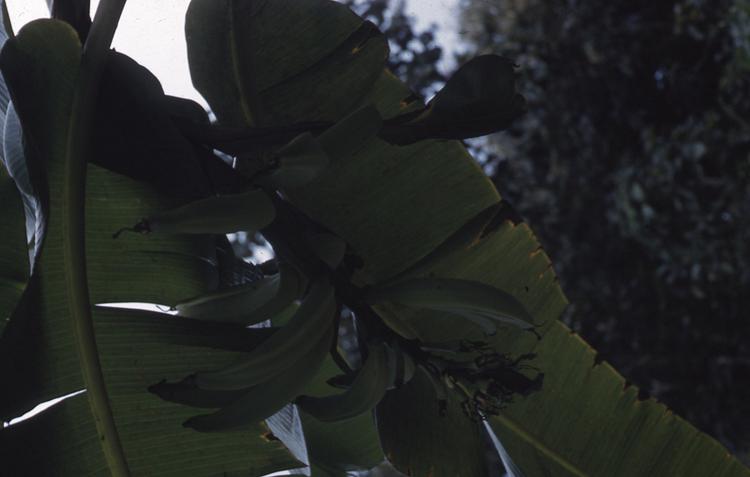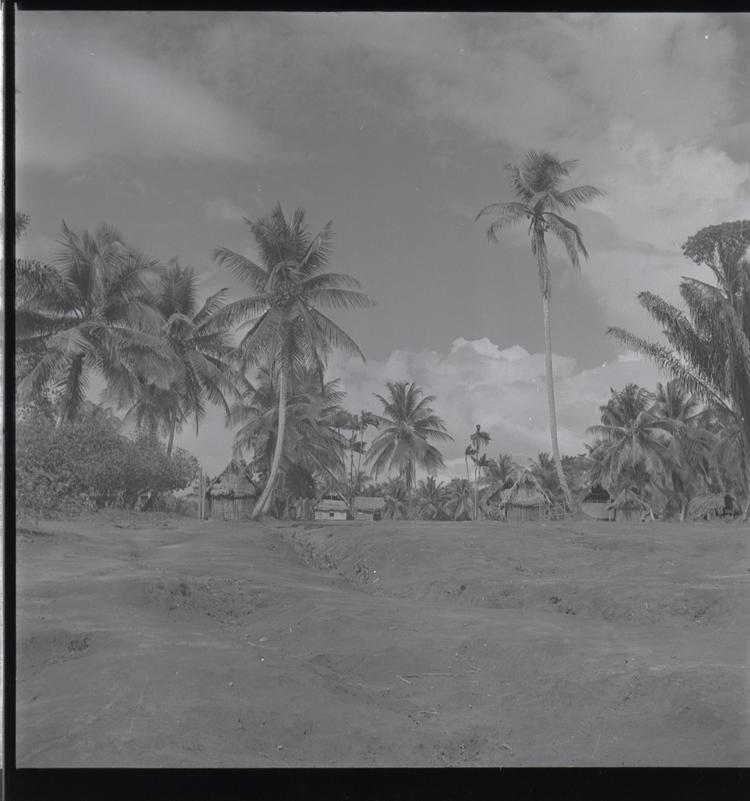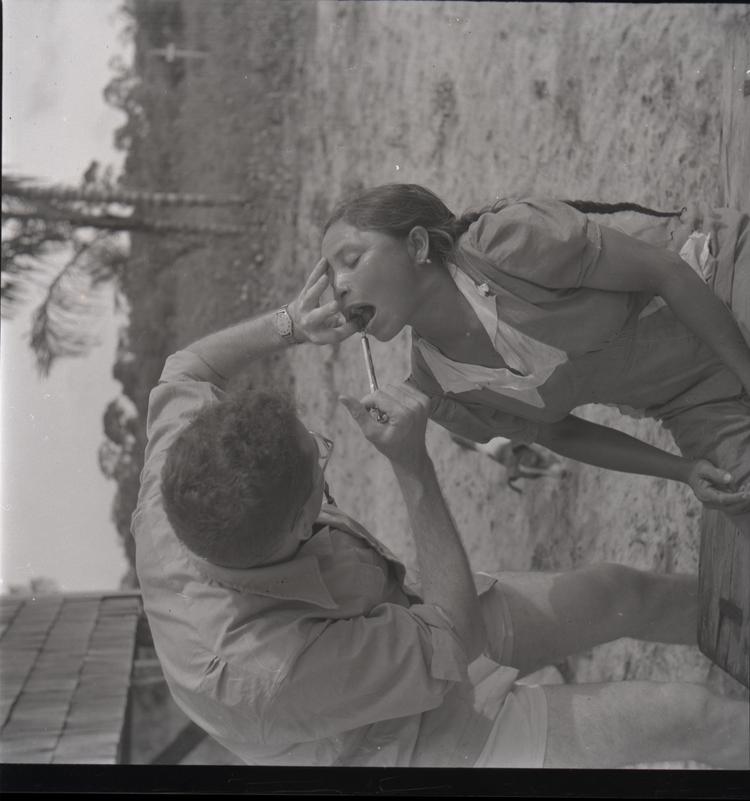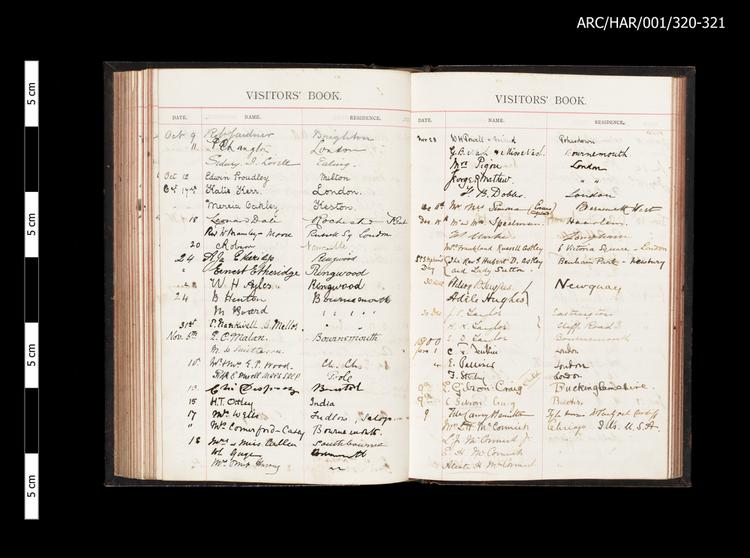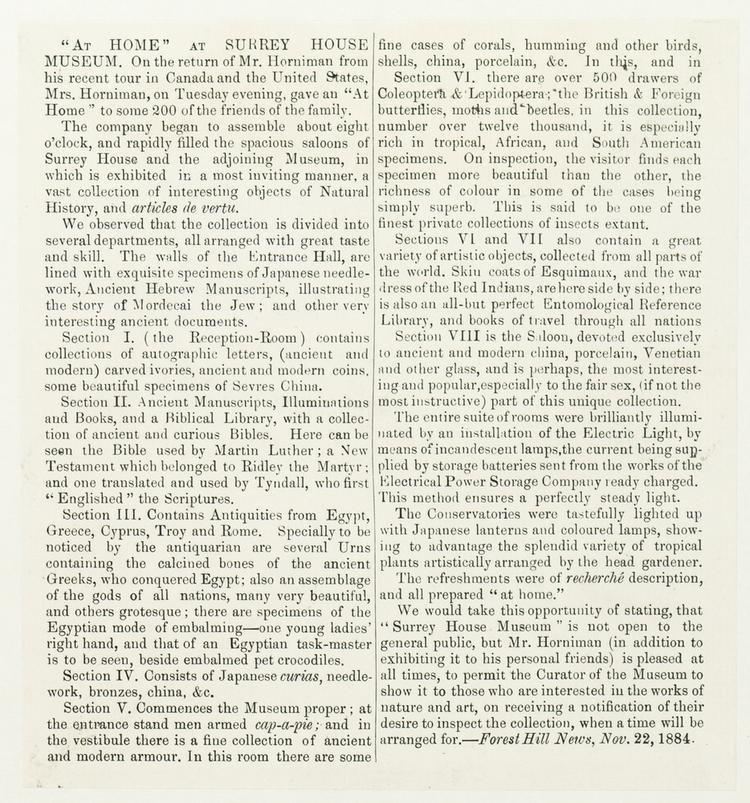
One short newspaper article published in the Forest Hill News on the 22nd of November 1884, occasioned by the author’s participation to a “welcome home” dinner party hosted by Mrs. Horniman in honour of Mr. Horniman’s return from a tour in Canada and the United States. The author takes this opportunity to visit and describe the various sections making up the Surrey House Museum: Section I, the Reception Room, contains ancient and modern coins, autographed letters and carved ivories; Section II of Ancient Manuscripts includes a Biblical Library; Section III of Antiquities shelters a variety of ancient artefacts from Greece, Egypt, Cyprus, Troy or Rome; Section IV is dedicated to Japanese curiosities; Section V, as the proper starting point of the Museum, houses a collection of armour together with cases of coral, humming and other birds; Section VI displays a colourful selection of encased butterflies and other insects from Africa and South America and, together with Section VII, also contains Native American or Eskimo costumes; Section VIII, the Saloon, is dedicated to ancient and modern china, porcelain and glass. The author took note of the fact all the rooms had been illuminated for this occasion by the modern means of electricity. The last paragraph of the article is a reminder that Surrey House Museum was not open to the general public at that time, but the collection was available to be consulted by anybody interested, subject to appointment.



